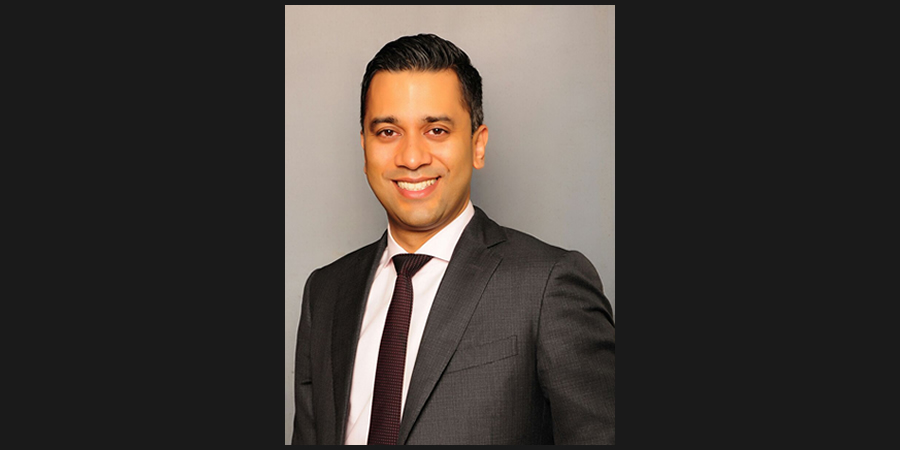Article by: Faiq Khan, managing director, East Europe, Asia and Africa at Infovista
Disruption has always been at the heart of the telecoms industry and the ongoing race to deploy 5th Generation cellular networks is one of the most exciting transition of the last few decades. 5G is arriving as the growth of cloud computing is unlocking a wave of innovation in areas such as artificial intelligence and other areas such as connected cars and smart cities.
However, we are also in a challenging time. With the global health crisis, uncertainty about the economic climate along with the oil price slump; many organisations across our region are currently trying to balance ongoing fiscal pressures while still investing for the future.
The telecoms industry is in a similar position. Although unlike the rapid change between third and fourth generation networks, a gap of just 8 years – it seems that 5G may be the dominant standard until the mid-2030’s due to it technical benefits and lack of a viable sixth generation alternative.
Not only does 5G bring a lot more bandwidth, but the new standard also offers new features that allow operators to better segment their networks and create new types of services that were not viable with 3G or 4G networks. 5G could be as game changing to mobile telecoms as fibre optic was to fixed networks – but the biggest benefit could be stability.
The global telecommunication industry spent $420 billion in capex during 2019, chasing an overall market worth around $1.6 trillion globally. Even with such massive spending and revenues at stake, growth was sluggish which means operators are welcoming the potential longevity offered by 5G. Once the 5G roll out is completed, operators can refocus on the creation and delivery of profitable services such as high-speed mobile broadband – and develop new areas such as private enterprise networks.
But the potential stability that 5G brings to the market does not mean a lack of innovation. One of the biggest areas of focus is around automation - a hot topic in the industry, especially as a complement to more dynamic, software led network design.
Many within the telecoms industry see ‘first mover’ advantage as key and, as such, getting 5G to market quickly has been of paramount importance. The first wave of deployment focused on shared infrastructure with 5G implemented on existing 4G core infrastructure to allow for marketing launches – aimed at generating awareness and initial user demand.
However, much of the core network upgrade is still ongoing and as operators start to deploy full-scale 5G standalone networks, there has been a marked increase in the use of automation software for advanced planning and design to speed up key tasks such as site selection and synthetic testing to ensure that 5G can be deployed with adequate coverage. In the Middle East, key innovators are beginning to invest in state-of-the-art technology that uses automation to reduce the time it will take to deploy thousands of new towers and upgrade existing sites to 5G.
Another use of automation is to overcome the burden of managing existing 2G, 3G and 4G layers while building out 5G in tandem. However, for newer operators such as Rakuten Mobile, the telecommunications arm of one of Japan’s largest ecommerce and online retailers, automation is more focused on integrating its Open Radio Access Network (OpenRAN) technologies to ensure its various software and hardware elements function as a coherent service – that can scale in line with growing demand.
Last year, Rakuten Mobile signed a partnership with Riyadh-based stc, with the stated aim: “…to collaborate on various technology domains, including [a] fully autonomous digital platform serving [its] telecommunication cloud network...” with much of the focus on deploying greenfield and brownfield use-cases, operating models and business value realisation.
And this last point around ‘greenfield and brownfield use-cases’ is key for not just stc, but many operators across the region. And Eng. Sultan Bin Abdulaziz Aldeghaither, CEO, Zain KSA doesn’t mean anything else when he states that 5G needs to power “this ultra-modern reliable network [that] would support the full shift to automation therefore enabling more flexible and customized services.” Being able to offer higher speed mobile data at a lower cost is constant driver for telecoms operators yet getting customers to switch supplier is difficult without a compelling argument. 5G is one such argument and operators that can get high value and scalable service into the market first can grow market share. This is the beachhead that they must establish with their respective customer base to upsell next generation 5G services as they arrive over the next few years.
The 5G race still at an early stage. Telecoms operators in the MENA region were expected to spend around $11.5bn during 2020, much of it on 5G infrastructure – yet the new standard still has less than 5% coverage. However, we are starting to see real innovative breakthroughs – such as the recent 5G download speed record set by Dubai based Etisalat at end of 2020 or Zain, a Kuwait based operator becoming the first to grant its 5G users free access to OTT video services via OSN, a major TV services provider.
Although there are still many proofs of concepts and trail projects finding their feet, these will be followed by a wave of viable services that will take advantage of true end-to-end 5G networks. With the stability offered by 5G, the next decade will shake up the market in exciting new ways.











